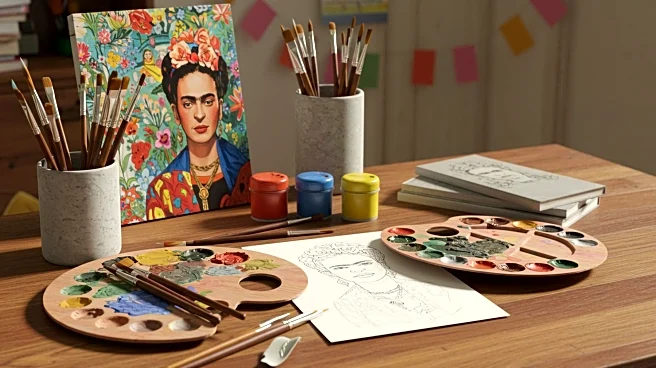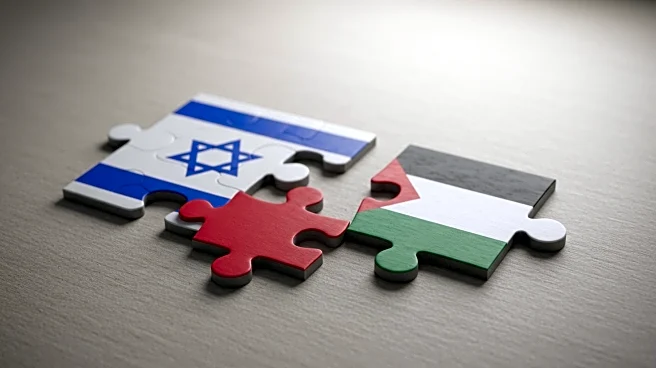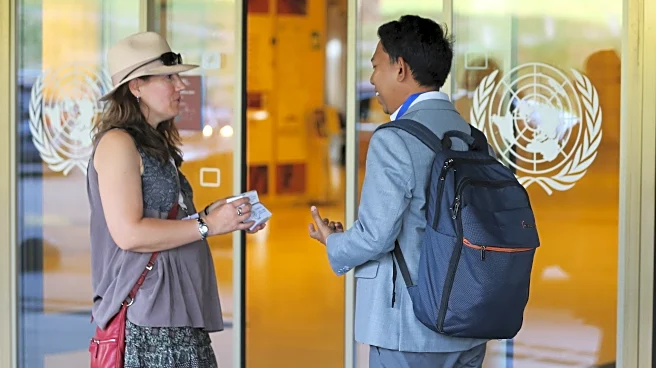What's Happening?
The animated film 'Hola Frida' offers a new perspective on the early life of Mexican painter Frida Kahlo. Directed by Karine Vézina and André Kadi, this Canada-France co-production adapts Sophie Faucher’s picture book 'Frida, c’est moi.' The film uses 2D animation to depict Kahlo's childhood in Coyoacán, Mexico City, focusing on her dreams of becoming a doctor and her interactions with family and friends. The narrative incorporates elements of Kahlo's Indigenous Zapotec ancestry and the Mexican Revolution, aiming to educate young viewers about these historical contexts. The film also addresses societal norms and challenges faced by women in the early 20th century, highlighting Kahlo's defiant personality and aspirations.
Why It's Important?
The film 'Hola Frida' is significant as it introduces young audiences to Frida Kahlo's life and legacy through a child-friendly format. By focusing on Kahlo's early years, the film provides educational insights into Mexican history and culture, including Indigenous heritage and revolutionary movements. It also promotes themes of empowerment and resilience, encouraging children to pursue their dreams despite societal expectations. This approach not only preserves Kahlo's cultural impact but also makes her story accessible to a new generation, fostering appreciation for art and history.
What's Next?
The film is set to be released in theaters with a Spanglish dub, aiming to reach a wider audience, particularly young children. This choice reflects a desire to make the film accessible to non-bilingual viewers, although it may affect the authenticity of the dialogue. The film's release could spark discussions on the representation of Latino characters in media and the balance between educational content and entertainment. As audiences engage with 'Hola Frida,' there may be increased interest in Kahlo's art and the historical contexts depicted in the film.
Beyond the Headlines
Beyond its educational and entertainment value, 'Hola Frida' explores deeper themes such as identity, mortality, and cultural heritage. The film's portrayal of Kahlo's subconscious and her interactions with la Catrina, a Mexican symbol of death, adds a layer of complexity to the narrative. These elements highlight Kahlo's artistic exploration of duality and self-expression, offering viewers a glimpse into her unique worldview. The film's approach to these themes may inspire further exploration of Kahlo's work and its relevance to contemporary discussions on identity and cultural representation.













